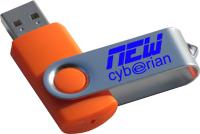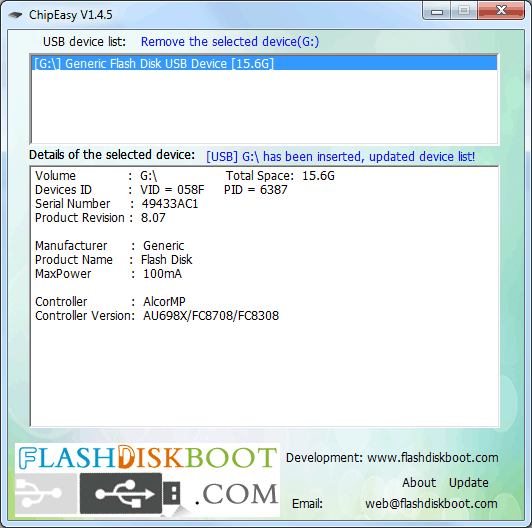 USB thumb drives have been popular devices for tech-savvy and non-tech-savvy alike to store digital data. People use USB drives for music, documents, pictures, video, etc. When it comes to buying USB drives, a lot of people are just taking the chance or don’t even know the subtle differences among the brands and options. It is the purpose of this FAQ to demystify something about USB drives so as to help you make the right decision when you need to purchase USB drives in bigger quantities.
USB thumb drives have been popular devices for tech-savvy and non-tech-savvy alike to store digital data. People use USB drives for music, documents, pictures, video, etc. When it comes to buying USB drives, a lot of people are just taking the chance or don’t even know the subtle differences among the brands and options. It is the purpose of this FAQ to demystify something about USB drives so as to help you make the right decision when you need to purchase USB drives in bigger quantities.
Q. I see some USB drives have a black insert and some have a blue insert in the connector and why is that?
A. The blue insert is for identifying USB 3.0. You will see the blue insert in both the male and female connectors. USB 3.0 is the latest USB standard.
Q. Talking about USB standards, how many are out there?
A. USB started with version 1.0 in 1996 with data rates of 1.5 Mbps. Later version 1.1 added data rates of 12 Mbps on top of the original 1.5 Mbps. In 2002, USB 2.0 quantum leaped the USB 1.1 with 40 times faster data rates of 480 Mbps. But that still could not catch up with the ever-increasing demand for even faster rates. USB 3.0 was finalized in 2008 with a 5 Gbits transfer rate which was 10 times faster than USB 2.0 and more than 4,000 times faster than the old 1.1 standards.
Q. How come my 16GB USB drive only shows 14.9 GB on my computer?
A. This is the classical problem on how you would define 1K, 1M, and 1G. The marketing people would like to use 1,000 as the multiplier. So for a 16GB drive there will be 16 x 1,000(k) x 1,000(m) x 1,000(g) = 16,000,000,000 bytes. But in computer science, the multiplier should be 1,024, which is 2 to the power of 10 or 210. By the computer science definition, 16,000,000,000 bytes will be 16,000,000,000 ÷ 1 ,024(g) ÷ 1,024(m) ÷ 1,024(k) = 14.90 GB. Tricky! I know, and now you know too.
Q. What are the reading and writing speeds for USB 2.0 and USB 3.0?
A. By definition the transfer rates for USB 2.0 is 480 Mbps and USB 3.0 is 5 Gbps. The units for these speeds are megabits per second and gigabits per second. If we divide these numbers by eight we should come up with the units of bytes per second, i.e. 60 M/s for USB 2.0 and 640 M/s for USB 3.0. But we never see such high speed when we drag our files to a USB drive right? The reason is, according to the industry insider, that there is an inherent limitation in the NAND flash. So all the figures from the standards are just a formality. In reality, USB 2.0 drives can read at about 20 Mps and write at about 4~10 Mps. USB 3.0 drives can read at about 80 Mps and write at about 14 Mps. These are just average numbers at the center of a normal distribution. USB drives made from recycled or reclaimed chips can be as slow as writing at 2Mps and reading at 4Mps.
Q. How compatible it is between USB 2.0 and USB 3.0?
A. The good news is they are compatible in both directions. You can plug a USB 2.0 thumb drive into a USB 3.0 hardware and vice versa. Although there is a minor exception to this in the case between a SuperSpeed USB B male and a USB 2.0 B female jack. But by and large, you can consider them to work both ways.
Q. What attributes should I look for when I need to buy USB drives?
A. When you shop for USB drives you will find a big price gap among suppliers. Besides the sales and marketing gimmicks, the key factor that accounts for the price difference is the chips used in the USB drives. Dishonest merchants will use low prices as bait and use inferior recycled chips. The results of using reclaimed chips include low writing and reading speeds, loss of data, false size reporting, and other unpredictable behaviors.
Q. What program can be used to test the speeds of USB drives?
A. Check Flash and CrystalDiskMark are free software we use here at New Cyberian.
Q. What program can be used to check the controller of a USB drive?
A. Google ChipEasy and you should see a list of download sites. A screenshot of ChipEasy is given below.

